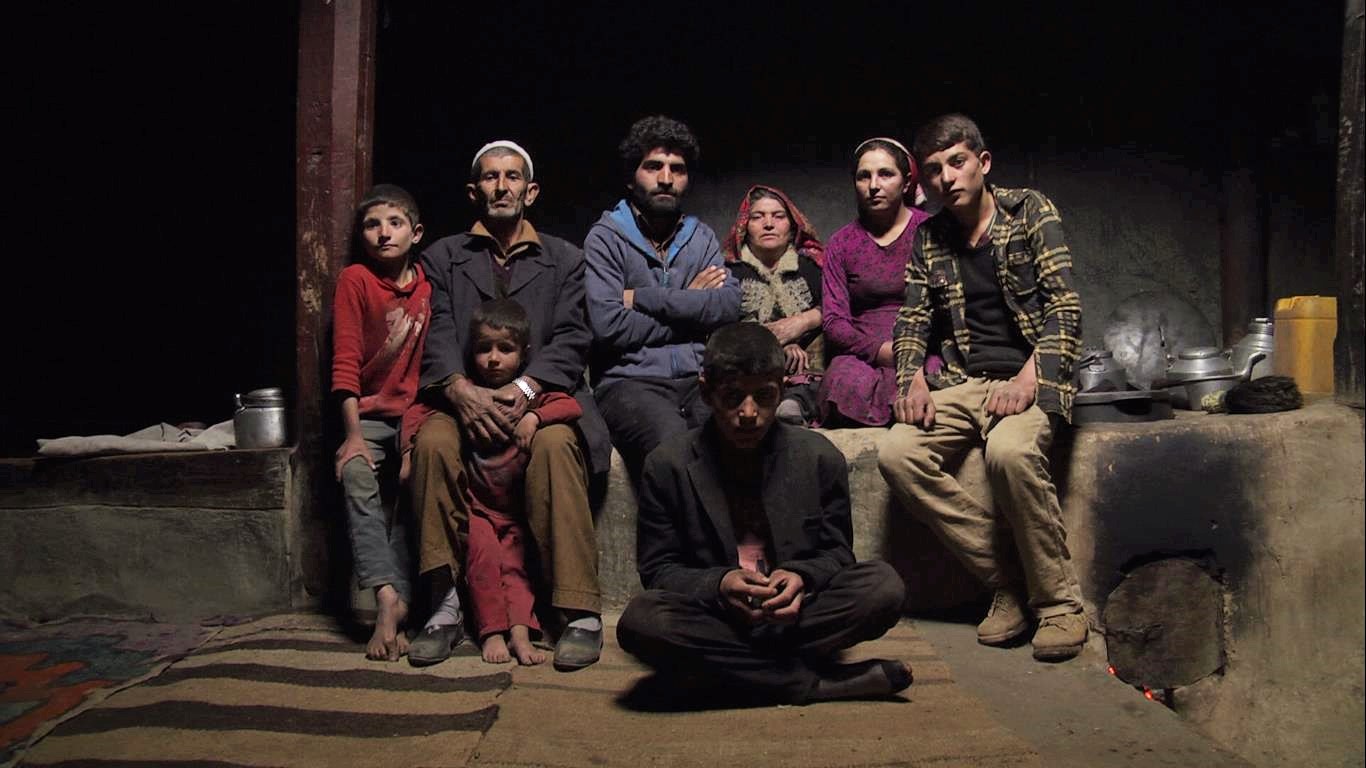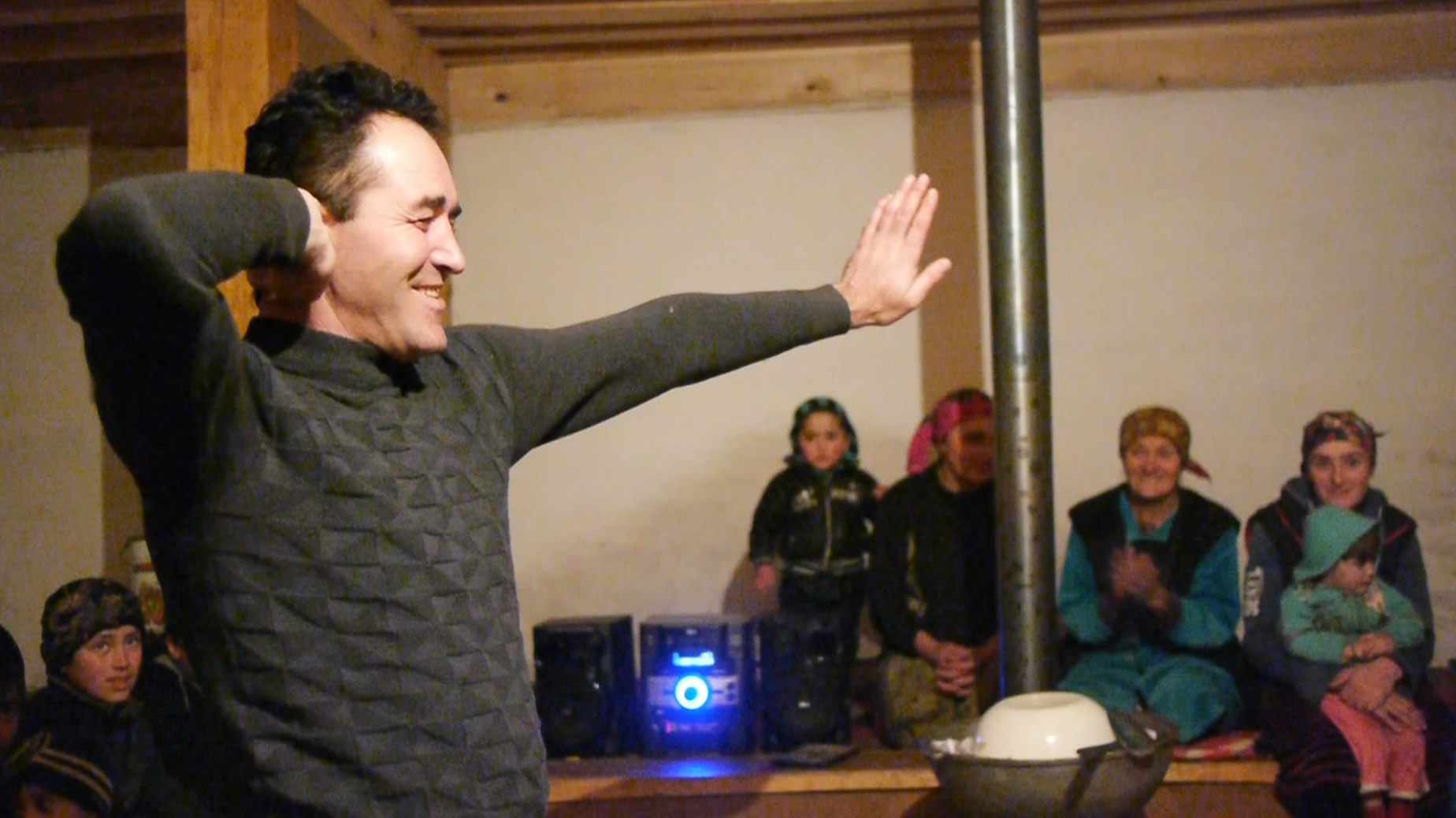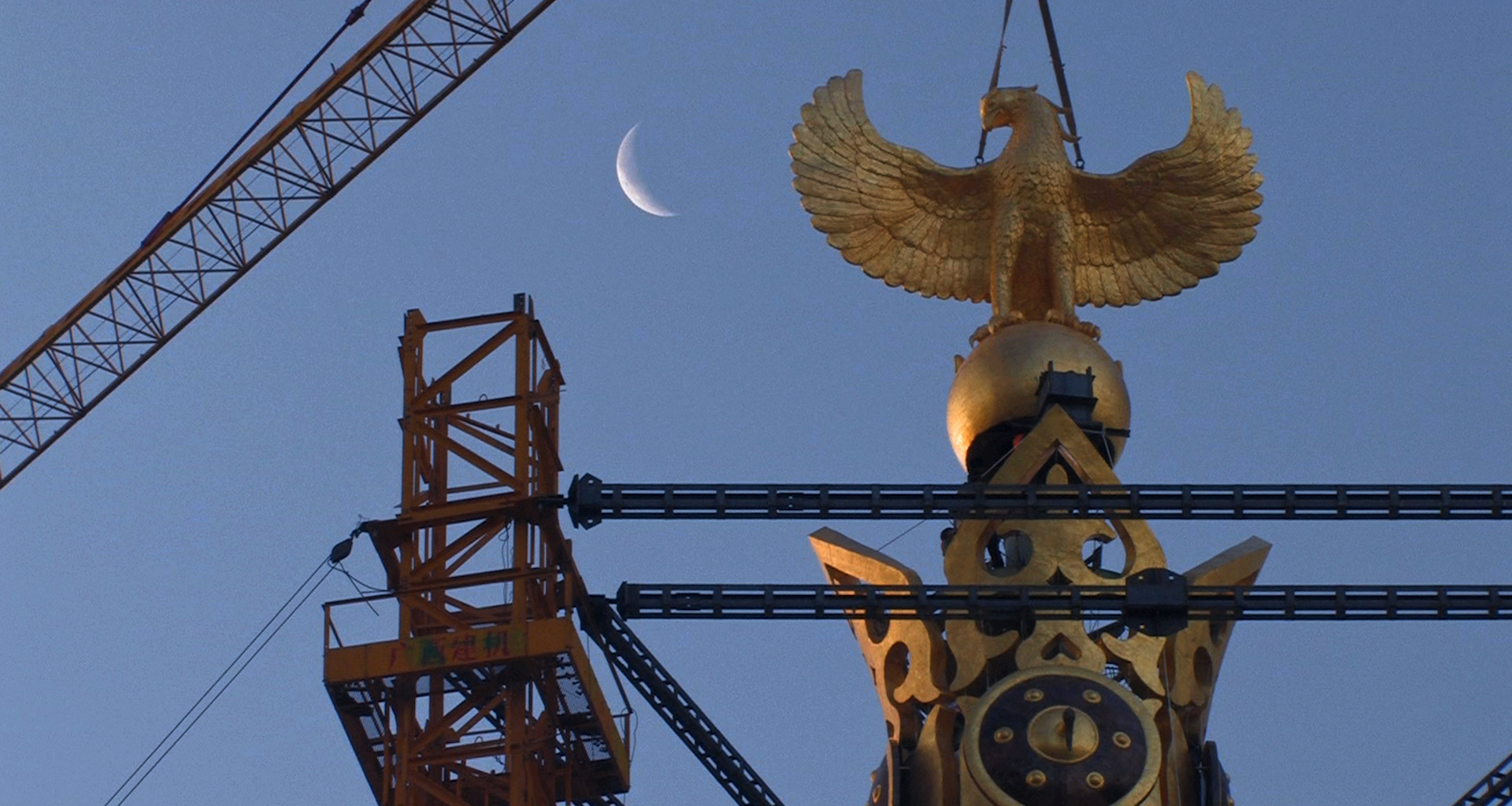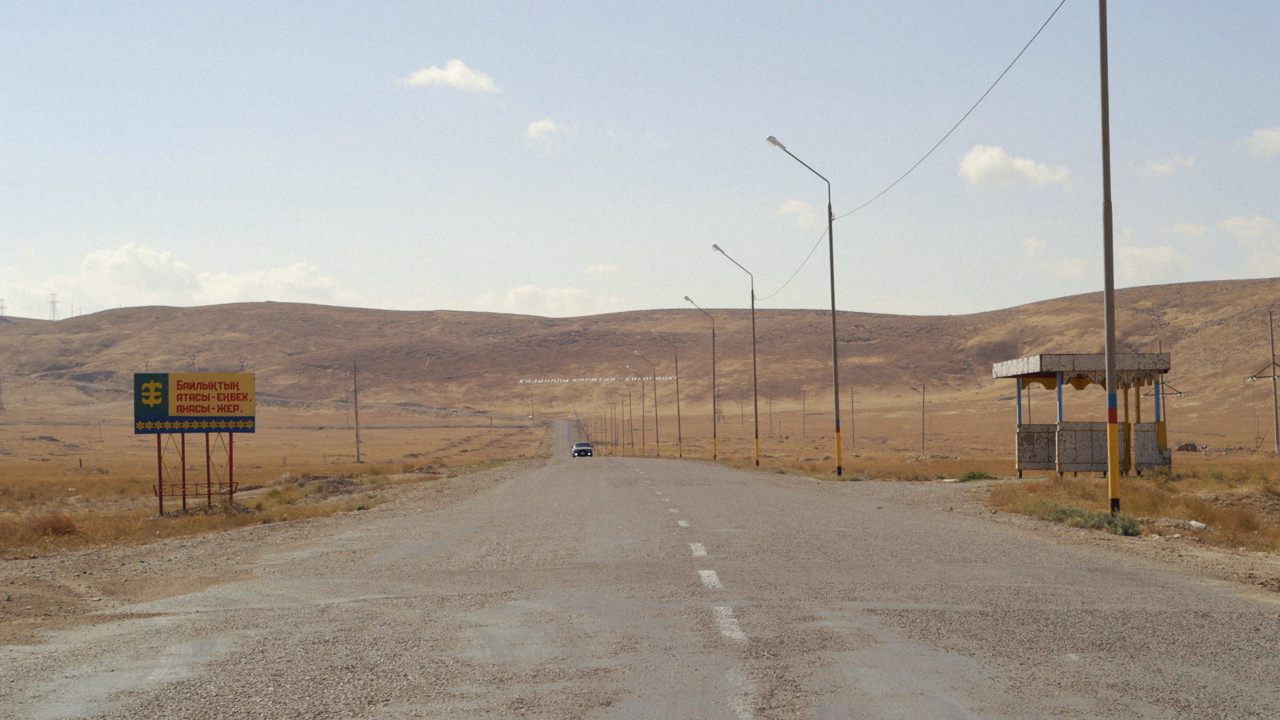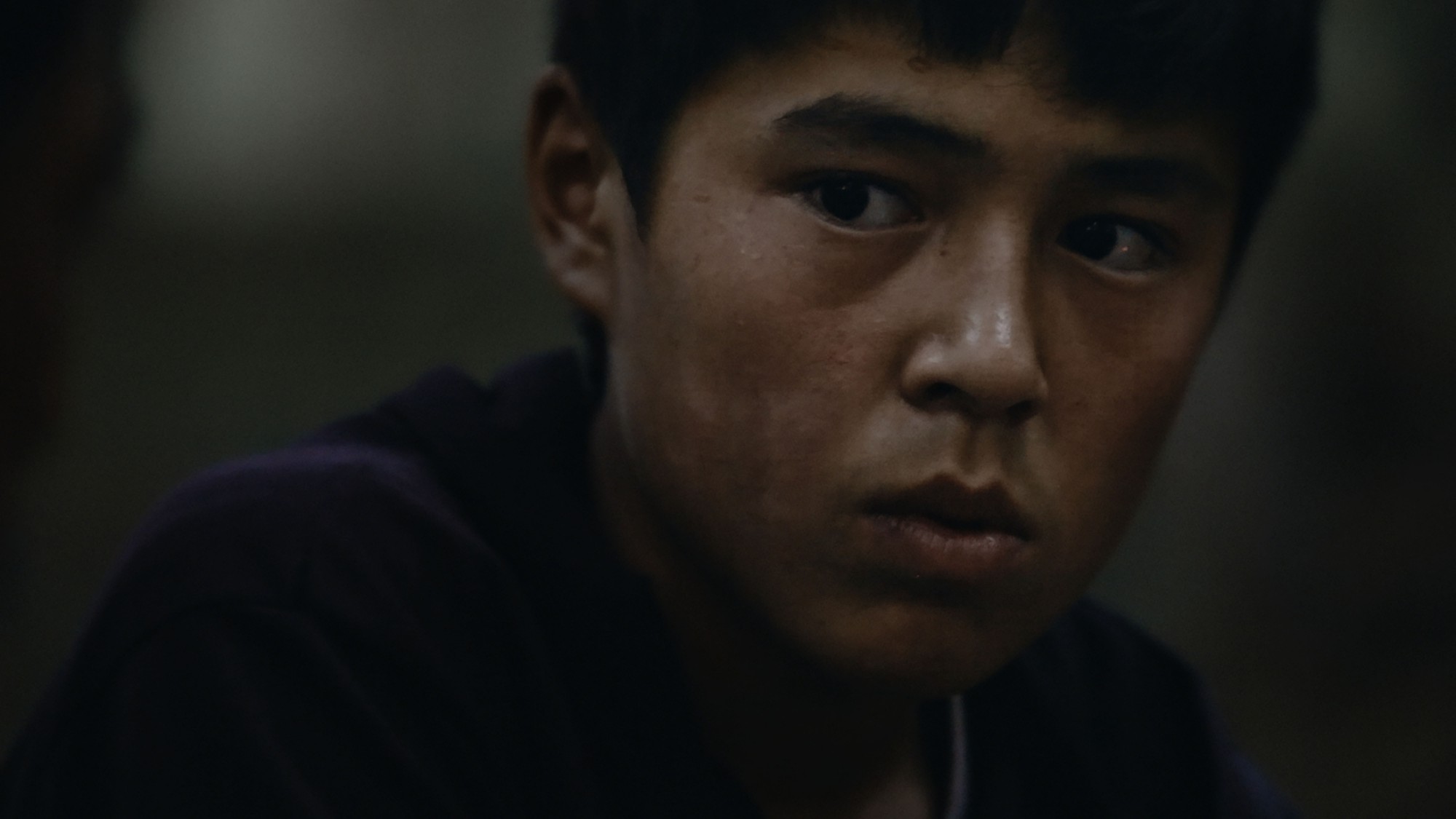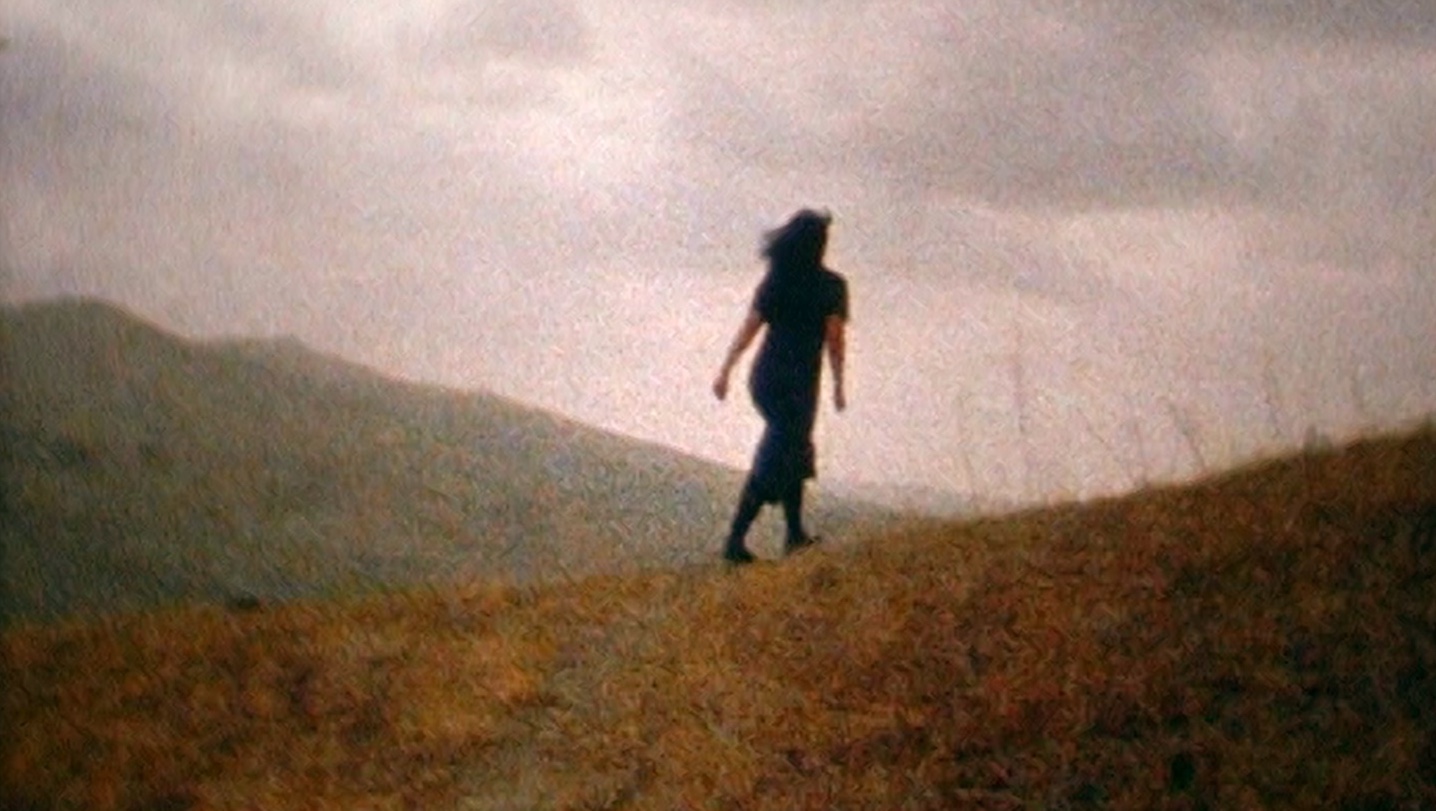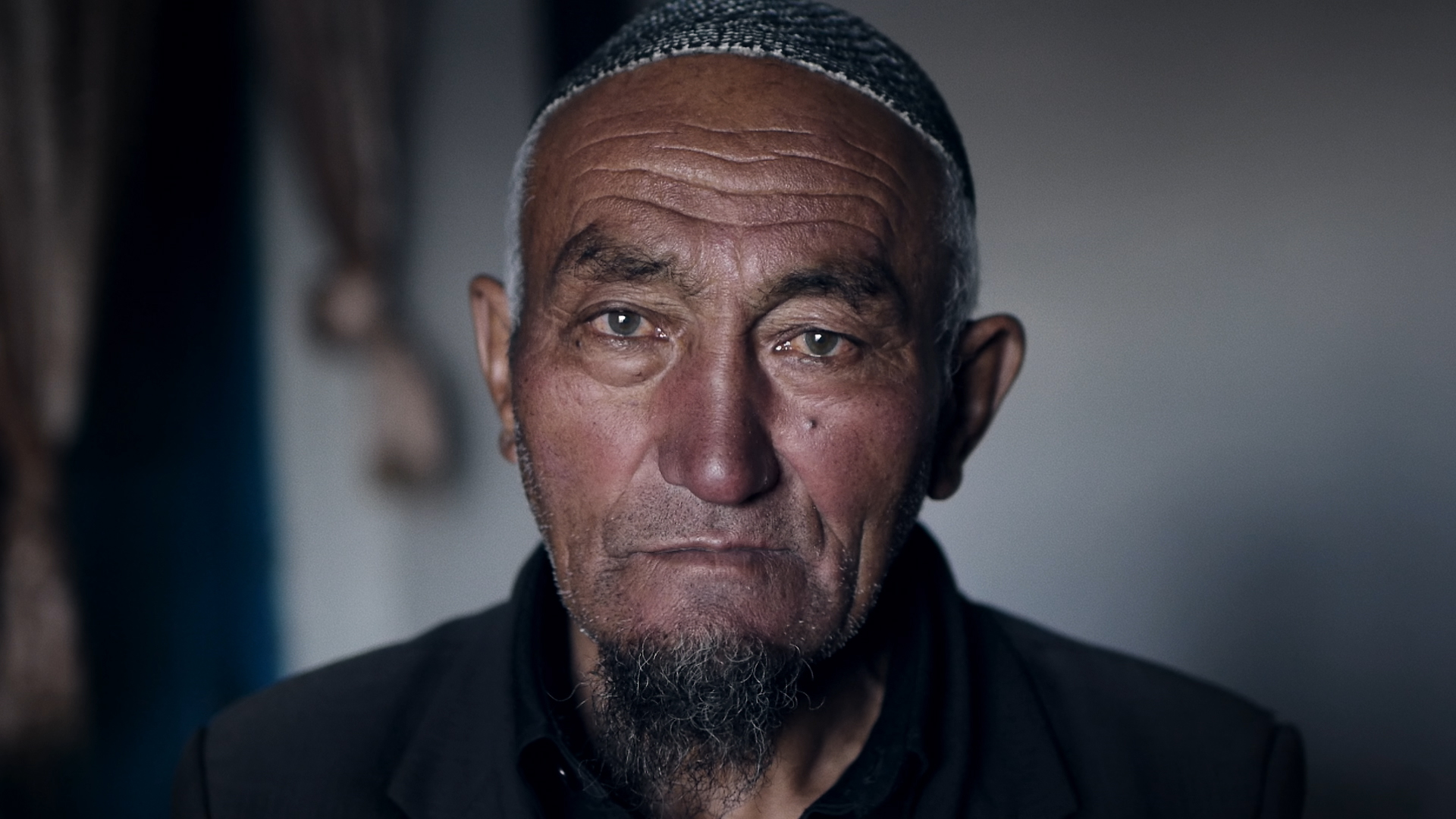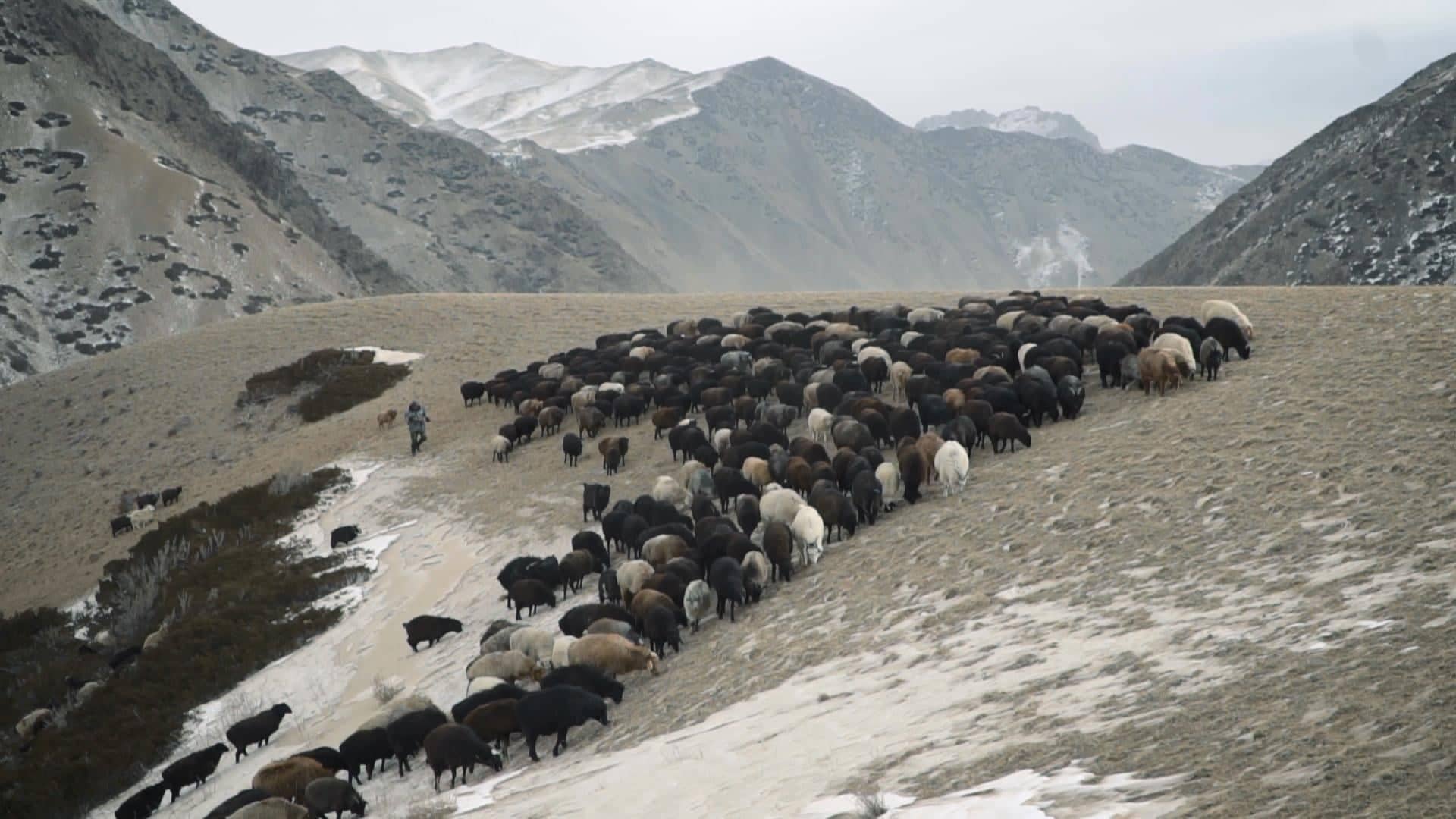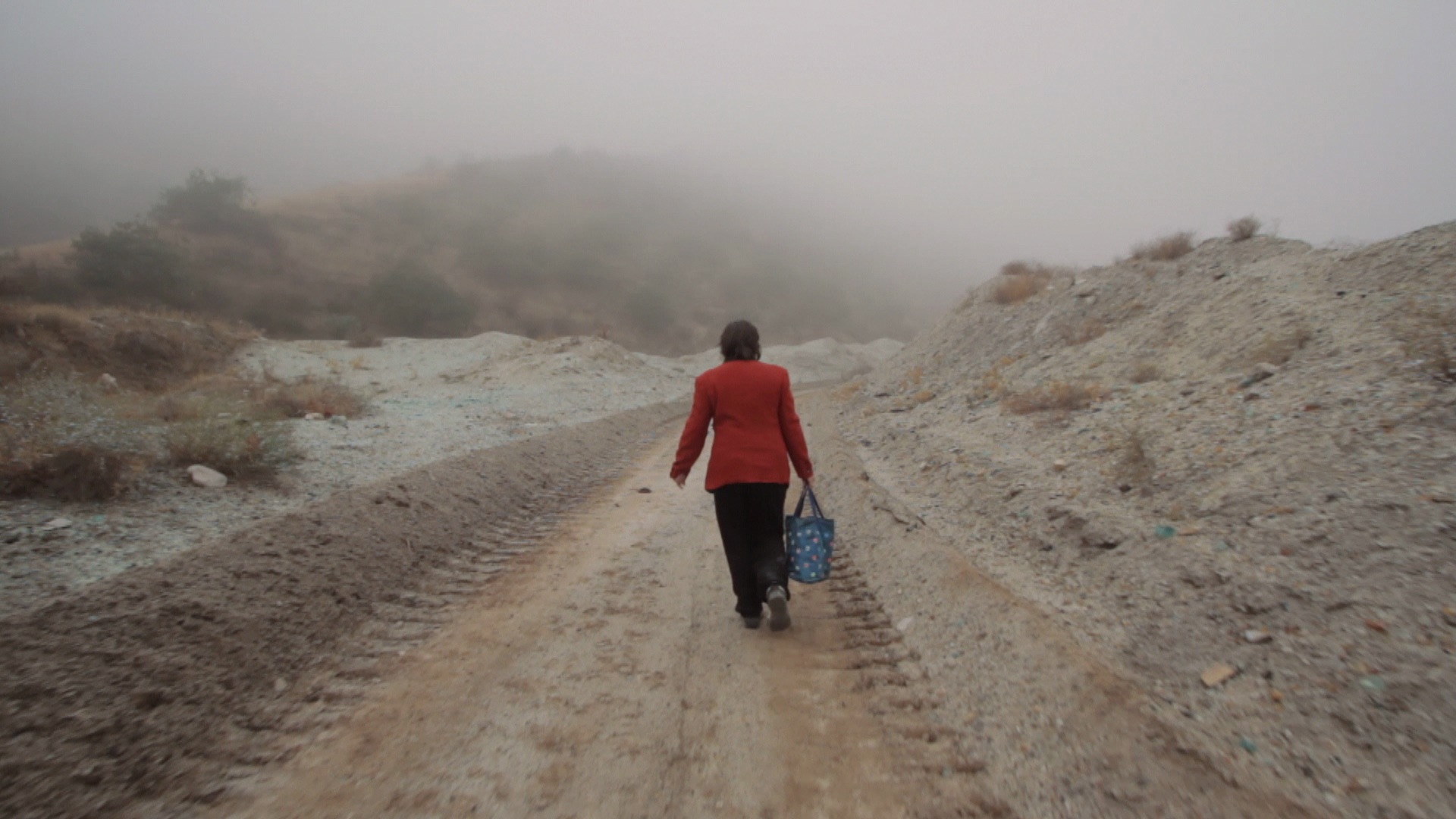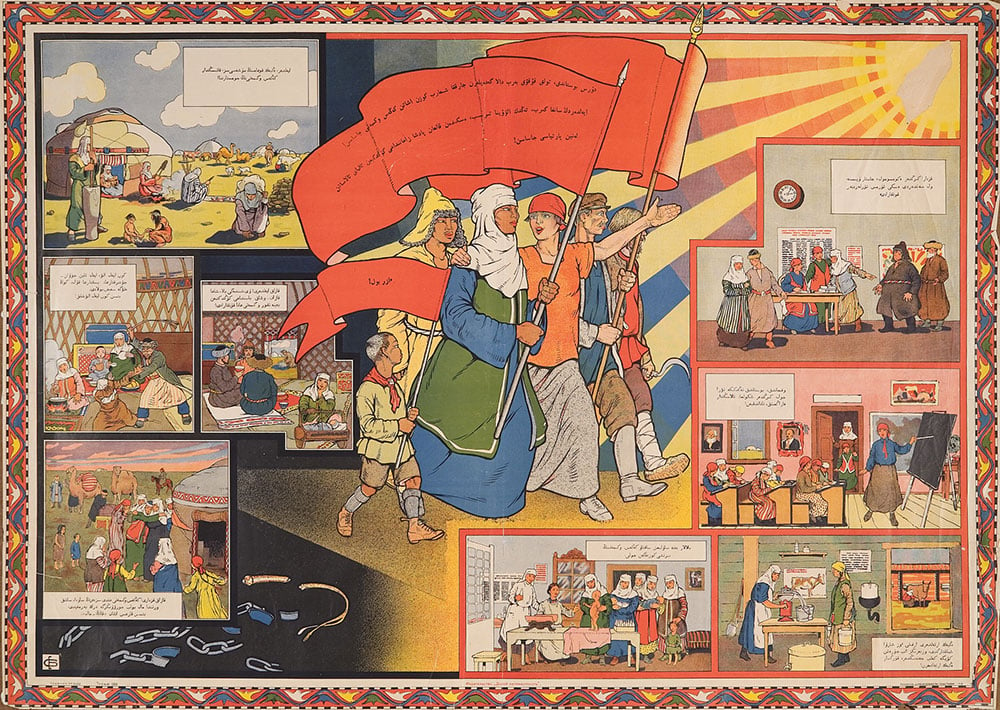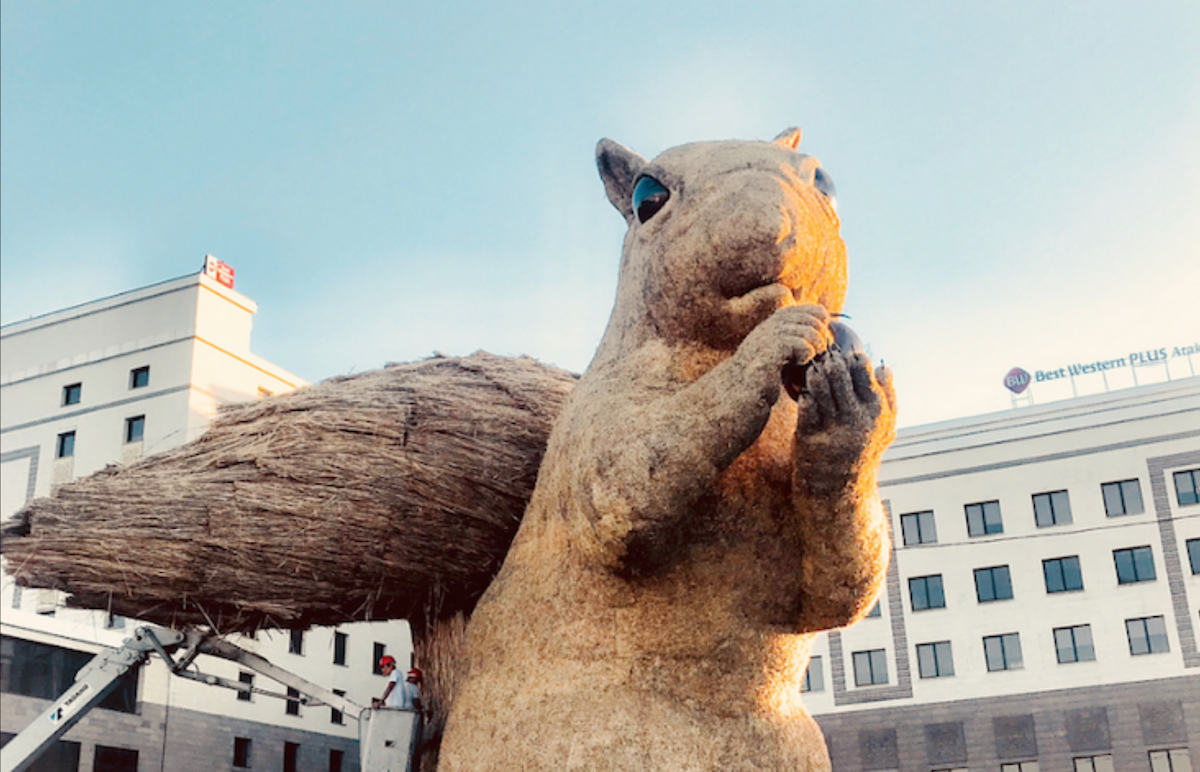‘All you need is your camera’: can documentary film bring change to Central Asia?
A new documentary festival is highlighting the role non-fiction film has to play in a region beset with cultural and political problems. Can a new generation of filmmakers start a revolution in the New East’s “blind zone”?
If the five ex-Soviet republics of Central Asia are known for anything in the wider world, it is usually their political problems, not their creative riches. Corruption, stagnation, crackdowns on freedom of speech, social conservatism: these conditions aren’t exactly ideal for artists. If there is a medium that might flourish against these odds, though, it is documentary cinema. Compared to fiction film, documentary is relatively cheap, and lends itself to DIY production outside official channels. It can also represent and comment directly on social and political issues. Can non-fiction film realise its potential here?
“We think that documentary is a perfect tool, because all you need is your camera and a story close to you,” is how Nargiz Shukenova puts it. Shukenova is the co-founder of the Central Asia Documentary Festival (CADF), which ran for the first time in Almaty, Kazakhstan, in December. CADF represents the most high-profile attempt yet to cultivate non-fiction cinema in the region. Shukenova already helps run Clique, a popular fiction film festival that brings foreign arthouse to Almaty. The decision to launch CADF as a separate event emerged from a desire to do more than just stage the work of outsiders. “You have to develop something new,” Shukenova reasons. “We were trying to make this region more visible.”
The notion of visibility is at the heart of both CADF, and the broader question of documentary’s value to Central Asia. If the outside world tends to regard the region either with ignorance, or as a bastion of neo-Soviet repression, local filmmakers and programmers also struggle to define their place in the world. “We’re not a bridge between East and West, we’re more of a blind zone,” Shukenova says, explaining how logistically difficult it was for her to travel around the region for research. “It’s closed, and no one knows anything about one another.” The festival showed no films by directors from either Uzbekistan or Turkmenistan.
“We’re not a bridge between East and West, we’re more of a blind zone”
That CADF was able to put together a programme at all is testament to the curatorial team’s energy and the fledgling documentary scene that is, against all odds, starting to overcome these systemic obstacles. The 24-film competition line-up was, admittedly, a somewhat ragtag affair — including films almost a decade old and some real duds — but these discrepancies were instructive, provoking discussion and bringing the task at hand into focus.
The most striking films from Kazakhstan were those that examined the layers of identity and trauma that have contributed to the country’s post-Soviet make-up. Bye Bye Baby (dir. Julia Boxler, Germany/Kazakhstan, 2018) and Wind in my Hair: Distant Homeland Karatau (dir. Marina Anselm, Germany, 2016) both explore Kazakhstan’s now dwindling German population — deported to Soviet Central Asia from European Russia by Stalin, before emigrating en masse in the 90s — juxtaposing personal and national dislocations. Russian director Maxim Pozdorovkin’s Capital (Russia/Kazakhstan/USA, 2010) offers a precisely observed satirical cross-section of life in Astana, Kazakhstan’s new-build capital city, where the connections between political graft, economic growth, and internal migration are neatly drawn out.
The biggest crowd of the festival by far was for Almaty native Katya Suvorova’s Face the Music/In Kazakhstan (Kazakhstan, 2018), a frenetic tour through the controversies surrounding Kazakh boyband Ninety One, who have irked many cultural conservatives with their J-Pop-inspired stylings. Suvorova’s film is wordy and sociological, but the largely teenage audience reacted with the kind of visceral engagement that most festivals can only dream of, cheering their heroes, laughing sarcastically at mention of President Nursultan Nazarbayev, and packing out a two-hour post-screening discussion. “I don’t want to believe that people aren’t interested in documentary,” Suvorova tells me. The enthusiasm of Face the Music’s audience, she argues, is a sign of the urgency of documentary in a cultural climate like Kazakhstan’s. “People don’t realise that we need [documentary] to mirror ourselves. And the world needs it too: they want to hear our voices.”
Even if an appetite exists, the question of who gets to speak about Central Asia is contentious. Arguably the two most impressive films at CADF were made about Kyrgyzstan — by foreign directors. French artist Aminatou Echard’s Jamilia (2018) is a slow-burning reverie on womanhood. Echard splices candid, moving interviews with Kyrgyz women with beautifully warm Super-8 footage, creating a patchwork of personal histories that is simultaneously brutal and hopeful. Similarly contemplative was Harvest Moon (2018), by Canadian Zaheed Mawani. This modest portrait of a family decamping to a forest to gather walnuts gestures towards many deep currents running through rural Kyrgyz life — food, Islam, mythology — while remaining unhurried and unsentimental, and was a worthy winner of the inaugural CADF competition.
Do Echard and Mawani demonstrate it’s possible to make great documentaries about Central Asia — but only from the outside looking in? Shukenova points out that foreign filmmakers are often able to circumvent the political pressures that hamper homegrown production: “If you’re from the Netherlands, you can come to Pamir, make a movie and leave,” she says, in reference to Dan Jongbloed’s Wisdom of the Mountains (2017), a study of agriculture in the remote Tajik province. “If you’re from Pamir, you need permission from the film studio, and the studio is under the control of the president.” She is sanguine about the situation, however, recognising that for now there is nothing to be done but to encourage local talent. “Unfortunately, we don’t have a lot of filmmakers. [CADF] should be a message for them: guys, why aren’t you doing that?”
Shukenova’s sentiments are echoed by Kyrgyz director Chingiz Narynov, whose hypnotic 2014 study of post-industrial malaise, Metal Bread, screened at CADF. “I really believe that if it’s a good film, then it doesn’t matter who made it,” he tells me. “And there aren’t many documentary filmmakers in Kyrgyzstan. But the good thing is that this trend is going up. I see more young filmmakers making documentaries — for example at Umut Film Festival in Bishkek, which is dedicated to student films.”
“People don’t realise that we need documentary to mirror ourselves. And the world needs it too: they want to hear our voices”
It’s not just censorship holding back Central Asian film. Everyone I speak to stresses logistical problems. The national film studios of the “stans” are still largely run by functionaries from the Soviet period, who are loathe to hand out their meagre resources to young documentarians, preferring to fund nationalist historical dramas. Shukenova and Narynov tell me they prefer not to even bother approaching these “elders”; Narynov and Suvorova run commercial production companies to cover the costs of their documentary work. Money aside, the level of technical knowledge in these countries is often low, forcing directors to build up their own crews from scratch. “Who can I invite to work with me on a documentary project?” Suvorova asks. “No one.”
In the face of official apathy, Central Asian filmmakers, programmers, and audiences will have to educate each other. CADF is not the only promising venture around. In Tajikistan, filmmaker Anisa Sabiri founded the Dushanbe Experimental Cinema Residency “My Vision” — a kind of pop-up film school that recently produced seven short films by first-time directors in a matter of weeks. In an email, Sabiri tells me that she wanted to do something about the lack of educational opportunities in Tajikistan because “cinema, more than other forms of art, is able to equip society for self-reflection.” My Vision received funding from the British Embassy and ambassador Hugh Philpott, but Sabiri knows that it will take more prolonged investment to really make an impact. “There’s no infrastructure, and this has a serious impact on freedom of self-expression. In the first instance, the aim of our project was to create a biosphere.”
The problem of funding raises the question of what exactly documentary should be for in a place like Central Asia. CADF is funded by the Kazakhstan arm of the George Soros Foundation; while these revenue streams tend to promote ultimately vague “civil society values” like dialogue and exchange, in a region where public discussion of historical traumas is often stymied, documentary can have a profound role. Shukenova cites the public reaction to the screening of Wind in my Hair — audience members were able to express, for the first time, their grief at the deportations and migrations that decimated Kazakh communities. “I see that people need to react. There’s so much pain that wasn’t cherished or realised. That’s why it’s more important for us — we don’t have a culture of discussion,” she says.
For documentary to play this kind of social role, though, people first need to care about the films themselves. CADF and My Vision are just what is needed to spark and maintain interest, and they’ve come a long way in a short time. Shukenova understands that the medium has to come before the message: “I just want to show movies. I believe that if you show inspiring movies, people will change.” It’s a refreshingly idealistic sentiment that’s echoed by Narynov: “You know that Sartre line, ‘hell is other people’? Documentary tackles that problem.” In Central Asia, documentary film might finally be moving toward the light.
